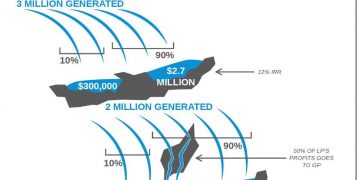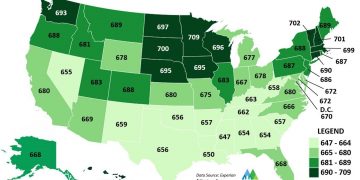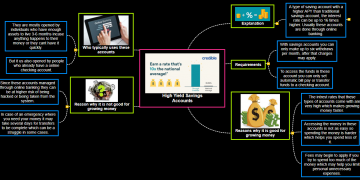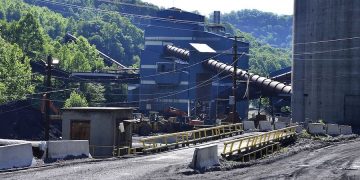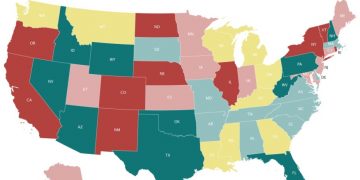Cascade models are a complex yet indispensable piece of numerous land speculations. When organized accurately, they adjust motivators, ensure financial backers, and give a straightforward approach to reasonably separate benefits from a task.
On the drawback, they are convoluted to demonstrate, hard to comprehend, and, when not appropriately planned, can bring about unjustifiable results for all gatherings. In the wake of having been engaged with many such give me, the objective of this article is to give my insight around here to alleviate these drawbacks.
How Do Waterfalls Work?
A cascade construction can be considered as a progression of pools where incomes from a resource fill a solitary segment, prior to pouring out over into the following one. Each pool addresses a settlement on how the resource’s money continues will be circulated. The following is an illustration of how a cascade model outwardly examines activity.
Example of a Real Estate Cash Flow Waterfall Model
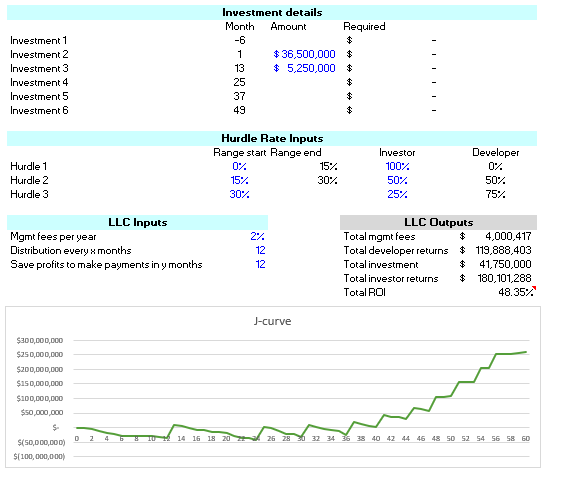
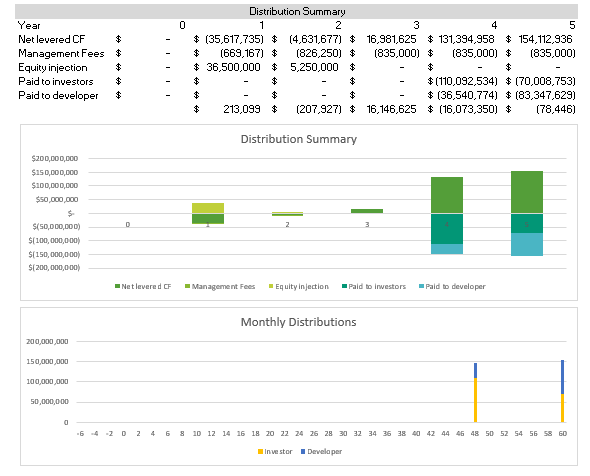
Getting back to the idea of pools, to give a model, the primary pool may split benefits between the financial backer and the support 90%/10%, while the subsequent pool might incline toward the support with a 50:50 split. This sort of graduated benefit-sharing parts boosts the support to beat to pursue the more rewarding pools. The subtleties of the benefit-sharing arrangements of the various pools are known as the “advance design.”
How do you have any idea when the support ought to get advanced? Indeed, it relies upon the sort of cascade structure that is utilized. There are basically two principal kinds of cascade structures that are utilized in land ventures. The first depends on restoring generally funding to financial backers + a normal return (also known as the “obstacle rate”); the second depends on a favored pace of return (otherwise known as “the pref”) on an intermittent premise.
The Hurdle Rate
Obstacle rates are generally founded on IRR. When an objective IRR is reached, the support gets “advanced” and starts to get a more special pace of return. Albeit two-level advanced constructions are the least difficult to comprehend, I will more often than not see three-level designs as the most well-known in the work I do. With an obstacle rate, the financial backer should get all their underlying capital before the first advance occurs.
The advanced design in a three-level model may look something like this:
| Tier | Hurdle Range | Investor | Sponsor |
| 1 | 0-12% | 100% | 0% |
| 2 | 12-18% | 80% | 20% |
| 3 | 18+% | 50% | 50% |
Under this sort of design, the support gets none of the benefits until the financial backer is settled upon out completely. Generally, be that as it may, the support may likewise be partaking as a financial backer in the design as well. In an average LP (restricted association) structure, this implies the support would hold both LP and GP (general accomplice) shares, and their LP offers would be dealt with very much like some other financial backer (regularly called pari passu, which is only Latin for “on equivalent balance”). GPs putting resources into their own assets can emerge from various situations, most normally when they are obliged to foot a responsibility to illustrate “dog in the fight” to outside financial backers.
The Pref
With an obstacle rate, the financial backer gets all of their underlying capital and a base pace of return before the advance can happen. This functions admirably for ventures, for example, improvements where enormous incomes are normal at one time, which can cover out financial backers.
Most ordinarily, however, land bargains return more modest incomes throughout a significant stretch of time before a deal closes the speculation. In these circumstances, cascade structures are commonly set up with a pref.
The pref indicates a pace of return that the financial backer can anticipate every year dependent on occasional installments. Suppose the financial backer sets up $1 million and the pref is 8% every year. Expecting a solitary profit each year, the financial backer will get the first $80,000 before the support will partake in any benefits.
Later the pref the remainder of the cash is parted dependent on the advance, which in our model is 50:50. In this model, in the event that the profit were $100,000, the financial backer would get $80,000 (for the pref) + $10,000 (in light of the advance), for an aggregate of $90,000. The support would then get the excess $10,000.
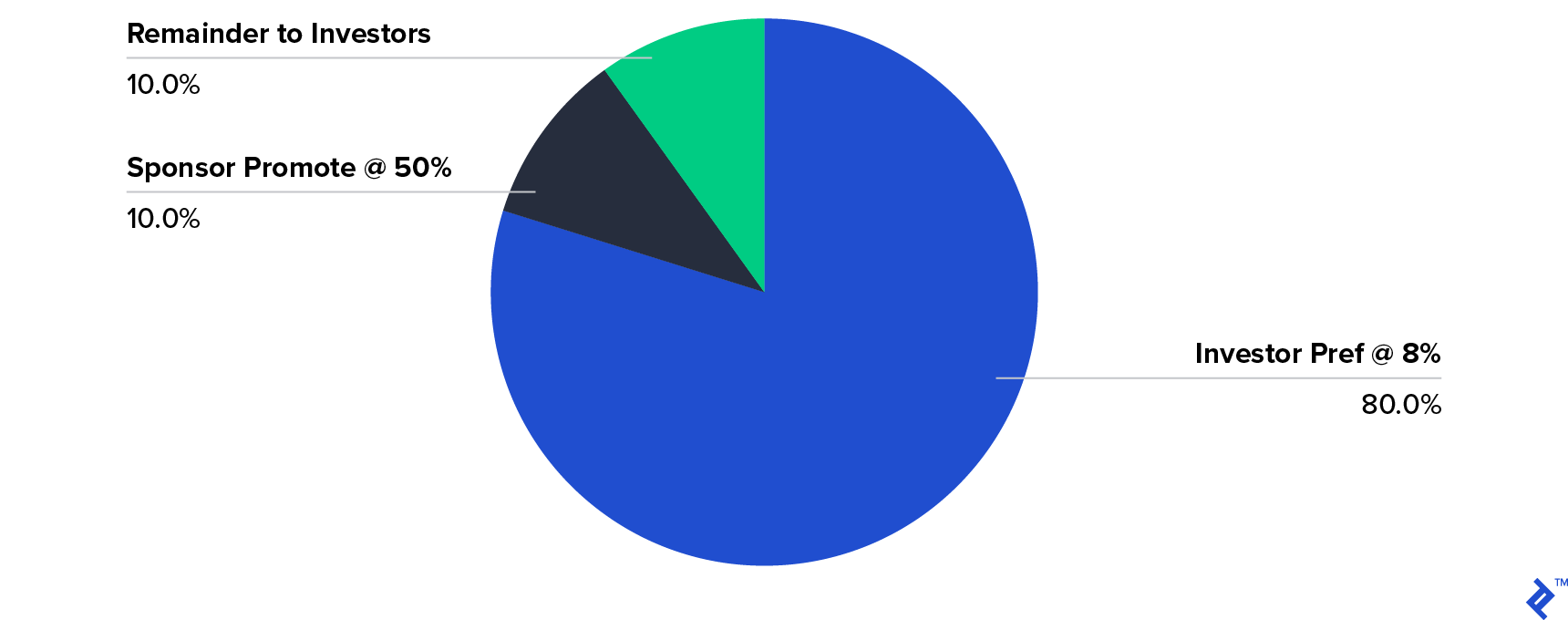
Different Terms Included in Waterfalls
Assuming this was all there was to be aware of cascade structures, the monetary world would be a far easier spot. Cascade structures regularly have extra intricacies incorporated into them, and all things considered, you can add anything you need to the construction. I’ve seen some exceptionally confounded instruments added on to what in particular gives off an impression of being a basic model. Here is a portion of the more normal extra terms you may go over:
Catchup Provision
A catchup arrangement inclines toward the GP by guaranteeing all the incomes (later the obstacle rate is met) are assigned to the GP, until the GP’s portion of the benefits is equivalent to the advance. On the off chance that we expect a $100-million one-year speculation with a 12% obstacle and a 20% advance, the accompanying result will happen if a $15-million benefit is accomplished:
| Allocation of Profits | Without Catchup Provision | With Catchup Provision |
| Investor | $12m + 80% * $3m = $14.4m (96%) | $12m (80%) |
| GP | 20% * $3m = $0.6m (4%) | $3m (20%) |
Obstacle Rate High-Water Mark
Some of the time, in the event that there is the time between enormous incomes, the IRR could plunge under an obstacle rate causing a “downgrade” of the support. Now and again, cascade arrangements will have a term called a “high-water mark” that expresses that once advanced, the support can’t consequently be downgraded. To move to the following level, however, the profits would in any case need to arrive at the objective IRR for the level being referred to. This arrangement leans toward support.
Lookback Provision
On the opposite side of the coin, financial backers will regularly request a “look back.” If the IRR plunges beneath the advance limit, the support might need to take care of any of the cash they have gotten, until the IRR edge is reached.
Total Pref
On the off chance that the pref rate isn’t met, regularly it won’t influence any future installments. With a total pref arrangement, the equilibrium from the neglected piece is added to the following pref limit.
Combined and Compounding Prefs
When the pref is combined (however not compounding), the pref is simply added on top of the necessary return for the following time frame. With an accumulating pref, the leftover sum is both added and duplicated by the favored rate before the advance.
Normal Mistakes Made in Waterfall Structures
1. The Hurdle Rate Is Too High
Assuming the obstacle rate is too high, then, at that point, the support may never arrive at it. When the support understands the obstacle rate is difficult to reach, they can become disincentivized (and probable demotivated) to finish the undertaking.
This happens often when there are unanticipated deferrals – a drafting issue, a transitory market slump, or simply unfriendly climate conditions – which postpone a venture for a year or more. With the impact of self-multiplying dividends, a 12% IRR of more than a five-year project becomes 15% more than four years or 20% north of three years.
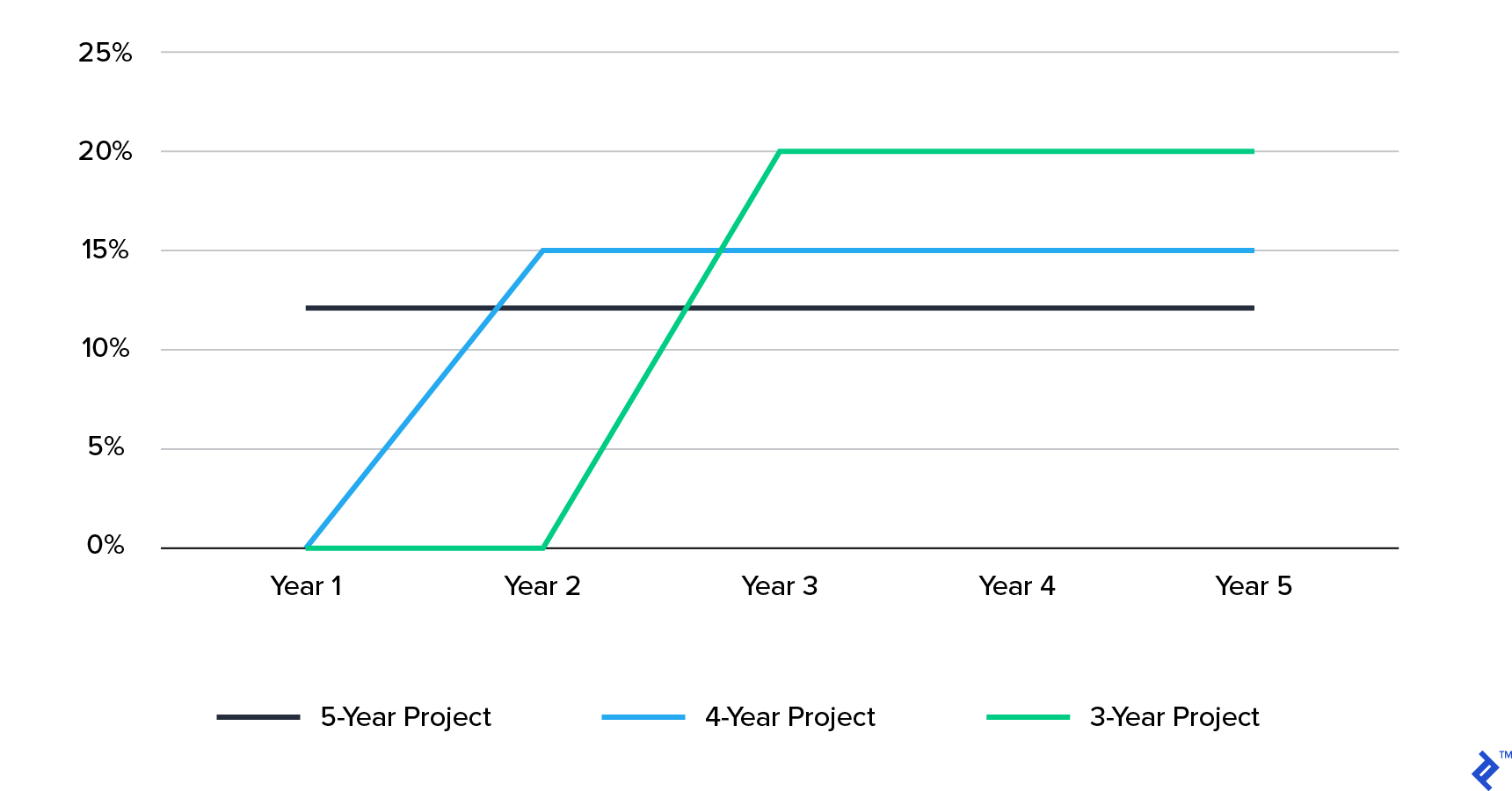
Frequently, support will attempt to revise however the financial backer (all things considered) can be reluctant. Sadly, there is no simple answer for this normal issue but to work with great accomplices on the two sides and attempt exhaustive pre-bargain hazard appraisals.
Economical financial backers might push for such constructions to attempt to boost their profits, however, it’s an exceptionally childish way to deal with following. Adjusted financial backer to-support designs will guarantee that outright benefits are higher to financial backers, regardless of whether apparently, they are offering concessions in the terms.
2. Not Treating Investors Equally, with Transparency
A few financial backers wind up getting higher prefs in light of their dealing power. Albeit this might be adequate and important to finish the arrangement, issues emerge when different financial backers aren’t educated ahead of time.
I regularly incorporate an arrangement expressing that assuming any financial backer is to get a more ideal arrangement, then, at that point, the wide range of various financial backers should be educated and have the right of first refusal. This evades any hurt sentiments on any side and keeps things reasonable for all gatherings.
3. Not Clearly Articulating the Waterfall Structure to Investors
The Cascades can be confounded to display and surprisingly more muddled to depict in a report. Having a plainly composed financial backer arrangement and ensuring each financial backer completely comprehends the construction can make future conversations a lot more straightforward. In arrangements, an unmistakable graph that imagines the cascade can accomplish the “words usually can’t do a picture justice” impact, rather than accepting that everything financial backers can sort out the situations from a verbose term sheet.
At the point when obstacles are reached, it’s generally expected a smart thought to re-clarify the model, in the event that anybody’s failed to remember the better subtleties.
There Is No One-Size-Fits-All Approach to Waterfalls
Eventually, there’s nobody size-fits-all methodology for cascade structures. A few factors that go into the plan of a cascade structure are simple. Assuming it’s an advancement with some enormous capital occasions, utilize an obstacle; on the off chance that it’s to a greater extent a drawn-out rental play, utilize a pref. In any case, the rest is regularly reliant upon a few elements including economic situations and the refinement and information on all gatherings included.
The cascades are an ideal illustration of how to alleviate office impacts of contributing and make motivation designs to guarantee that all gatherings are in a state of harmony toward making an arrangement run effectively.









